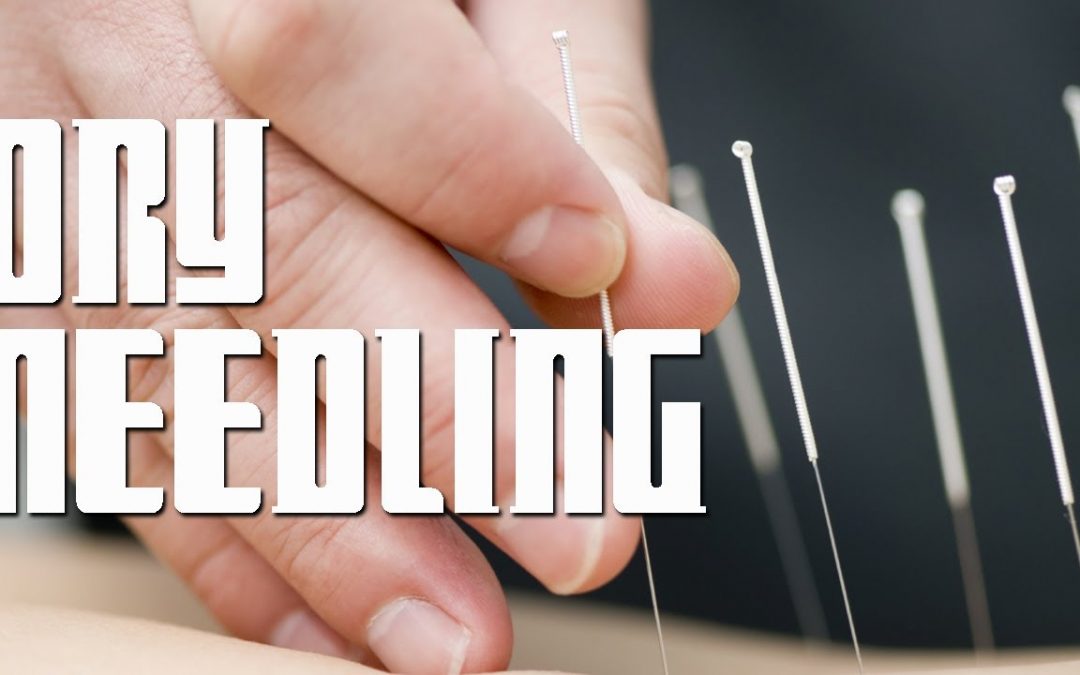From time to time we’ve all experienced tight muscles, difficulty moving freely and muscle pain. Given the amount of stress that our bodies experience in any given day this should be no surprise. Whether it’s activities such as sitting, walking, standing, running or swimming our bodies must adapt and cope with a certain level of stress and strain. One of the consequences of this can be the development of tight muscle bands which are referred to as ‘knots’ or trigger points. So how can we address these areas before they become significant problems?
When it comes to therapeutic options there is no short supply of therapists or modalities which may assist us. From Graston technique, myofascial cupping, deep tissue / cold laser therapy, shockwave therapy, active release technique, Chiropractic or other forms of physical therapy it can get rather confusing trying to work out a suitable treatment for when needed. As a Chiropractor, I treat and effectively manage a host of clinical presentations such as motor vehicle accident injuries, whiplash trauma, occupational problems from heavy lifting or prolonged periods sitting to individuals suffering vertigo and dizziness. Given this, one therapy besides spinal manipulative therapy stands out as a clear winner, that’s dry needling.
What Is Dry Needling?
This technique may also be referred to as intramuscular stimulation (IMS). Dry needling is commonly used by practitioners including Chiropractors, Physiotherapists, Myotherapists and some Remedial Massage therapists. This technique can be a standalone therapy but treatment outcomes are better when combined with other therapies. Dry needling is primarily used to deactivate trigger points and to promote muscle relaxation. Trigger points are commonly referred to as ‘knots’ in a muscle. These pesky knots can be responsible for a tremendous amount of pain and discomfort. Most of the time the trigger points in the body will fluctuate from a state of causing very little tension to a point where they can cause numbness, tingling, referred pain, severe pain and may also cause associated joint dysfunction.
How Is Dry Needling Performed?
Once your therapist has identified the required areas that need dry needling a small metal needle (almost like an acupuncture needle) is inserted into the tight muscle fibre. This processes assists with muscle relaxation, reducing pain, improving movement and general function.
Not A Fan Of Needles?
While dry needling isn’t for everyone, I assure you that the treatment is almost painless and hardly noticed. If you still don’t like the thought of dry needling than I suggest you discuss other appropriate treatment methods with your practitioner.


Recent Comments